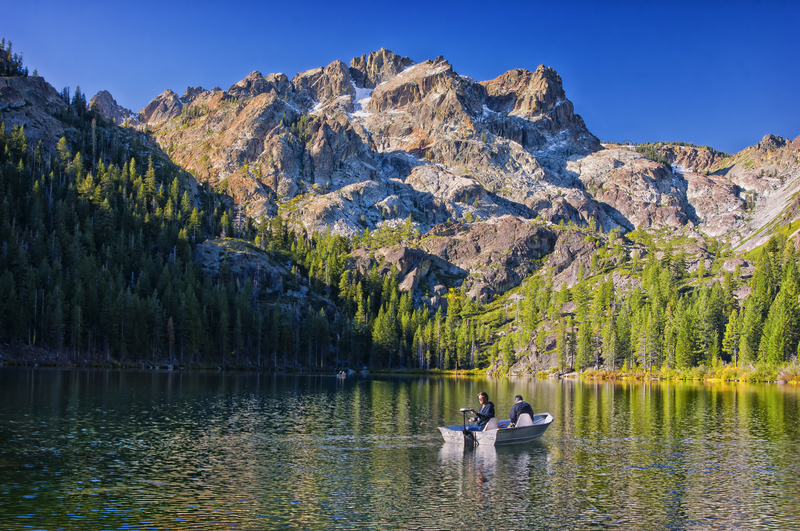The city of Placerville, California grew out of the iconic days of the California 1840s goldrush when people came to make their fortunes in the “placer” mines that existed in the area. These shallow, surface mines were near water sources where the running current eroded away other materials, exposing the gold flecks and nuggets. The discovery of gold in nearby Coloma brought thousands of hopeful miners to the California's Gold Country, and the town became an important supply center for them. Early in its history, the town was known by a number of names, including “Dry Diggins” and “Hangtown” because it was frequently the site of frontier justice. The town got its current name in 1854 when it was incorporated. The city features a number of historic buildings from its early days, including the belltower, a monument to the city’s early volunteer firefighters.

Placerville is the birthplace of a food dish associated with the goldrush days called “Hangtown Fry.” This dish is a combination of eggs, bacon and oysters that provided a hearty meal in town for miners that often lived for weeks on canned beans. A number of variations on this dish are found, such as with green peppers, mushrooms, onions and other ingredients. Placerville and nearby cities still serve Hangtown Fry to the current day.
Placerville is the county seat of El Dorado County in California, 45 miles northeast of Sacramento. The city has a population of 10,389 as of 2010. The population is made up of 80% whites, 18% Hispanic or Latino, 1.6% African-American and a small number of other groups. Its current economy includes gold mining, lumber, lime, slate, agricultural products, ranching, wines and Christmas trees.
The climate of Placerville reflects its location in the center of the state. Winters are mild, with temperatures that range between 33 and 53 degrees Fahrenheit. Summers range between the mid-50s to the mid-90s. Rain falls on an average of 66 days per year. Generally, Placerville usually only gets a dusting of snow, but some years, as much as 6 inches of snow can accumulate. An unusual year can bring as much as 30 inches of snow, as in 2009.







